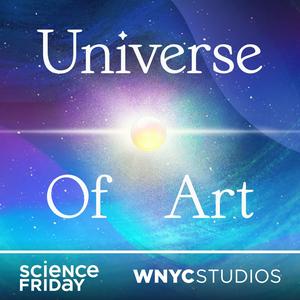This Video Game Prioritizes Restoring An Ecosystem Over Profits
If you’ve played Rollercoaster Tycoon, Cities: Skylines, the Civilization series—even Animal Crossing—you’re probably familiar with this gameplay pattern: extract some kind of resource from the land, industrialize it into a theme park or a city, and (step three) profit, ad infinitum. But Terra Nil, a new game from the studio Free Lives, fundamentally challenges this oft-used game loop. Instead of maximizing profit at the expense of the local ecosystem, the player’s focus is to make a healthier, natural landscape instead. You start with a barren wasteland (one that you assume has been completely desolated by human activity, perhaps the aftermath from one of the previously mentioned games), and with the help of advanced eco-tech—like wind turbines, soil purifiers, irrigators, and more—restore it to a thriving, diverse ecosystem. The player’s ultimate goal is to take all the tech they used to restore the land, recycle it into an airship, and fly away, leaving no human presence behind.SciFri producer Dee Peterschmidt speaks with Sam Alfred, the lead designer and programmer of Terra Nil, about how Free Lives designed this “reverse city-builder,” how the studio took inspiration from the flora of their local Cape Town, and how he hopes the game challenges players how they think about traditional gameplay systems and their effect on our world.Universe of Art is hosted and produced by Dee Peterschmidt, who also wrote the music. Our show art is illustrated by Abelle Hayford. And support for Science Friday’s science and arts coverage comes from the Alfred P. Sloan Foundation.Do you have science-inspired art you’d like to share with us for a future episode? Send us an email or a voice memo to universe@sciencefriday.com.
